- Durable and functional interior
- Great fuel economy
- Mature driving charactaristics
- Could use more power
- Expensive servicing costs
- Dual sliding doors should be standard
Now in its 32nd year of production the Volkswagen Transporter as we know it today has stood the test of the time. It is now in its sixth generation and while it doesn’t sell in great numbers due to some stiff competition could it be the van for you? Well that’s what we are going to find out. We tested the entry level 2021 Volkswagen Transporter TDI250 to see if it stands a chance in the commercial market today.
For the 2020 model year Volkswagen updated the Transporter range dubbed the T6.1 adding safety tech, a more crisp design and a revised range meaning there is now a Transporter for everyone. The model we tested is the short wheel base base model TDI250 with the manual transmission. Rivals for the Transporter are the Toyota HiAce, Hyundai iLoad, LDV G10, Peugeot Expert and the Mitsubishi Express/Renault Traffic twins.
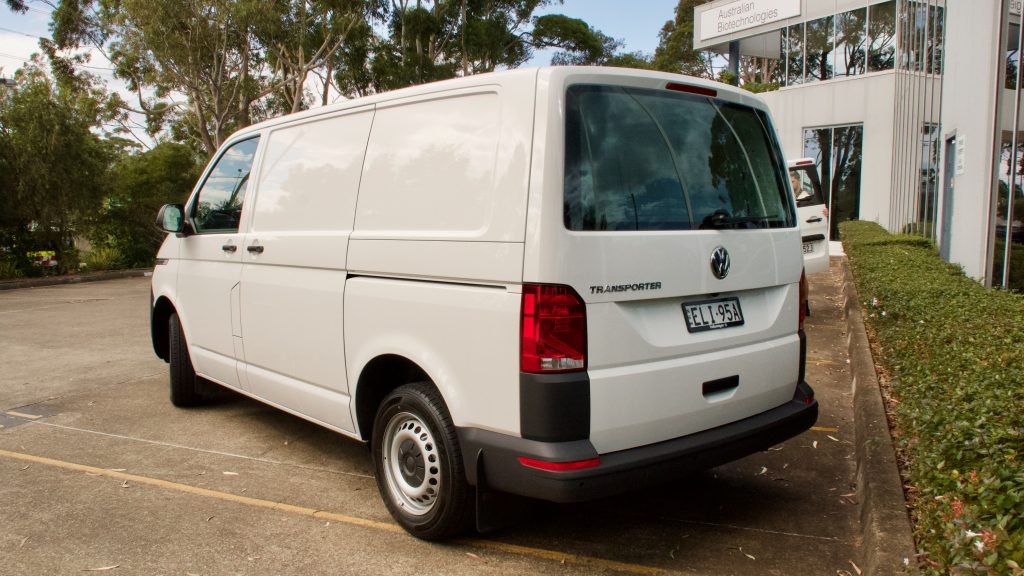
Price & Specs: 7.0/10
Once upon a time a base model van used to mean no power windows, no air conditioning and in some circumstances no power steering. Oh how the times have changed. These days for a van to be successful in the market it needs to have a reasonable amount of both safety tech and interior tech. Volkswagen have taken note of this and with the update to the transporter they gave it much more equipment.
The model we tested here the TDI250 variant of the Volkswagen transporter starts off at $38,990 plus on road costs. There is actually $750 difference between a Transporter and a base model Toyota HiAce with the HiAce costing $39,740 plus on -road costs. The Hyundai iLoad also starts at $39,680, which is $690 more expensive than the Transporter.
The 2021 Volkswagen Transporter TDI250 comes with 16-inch steel wheels with a full-size spare, a 6.5-inch touch screen with Apple CarPlay and Android Auto, a four-speaker audio system, air conditioning, remote central locking, cruise control, automatic halogen headlights with rain-sensing wipers, daytime running lights, a passenger side rear sliding door, heated and auto-folding exterior mirrors and mudflaps all as standard.
There is also an impressive amount of safety tech with the Transporter van. There is blind-spot monitoring, low speed autonomous emergency braking (AEB) with forward collision warning, rear parking sensors with a reversing camera, blind-spot monitoring with rear cross-traffic alert, traction and stability control, driver fatigue detection, hill start assist and six airbags.
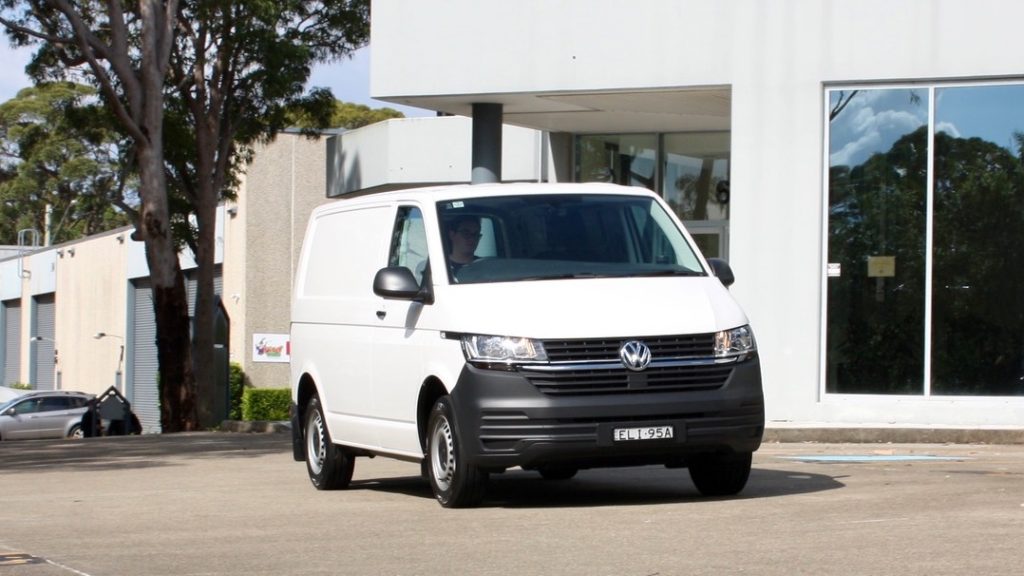
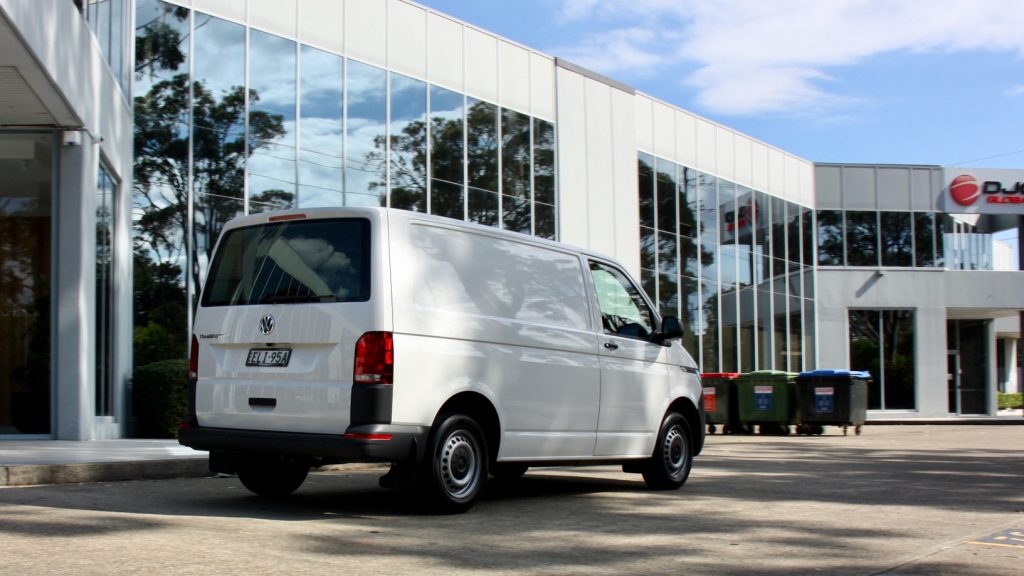
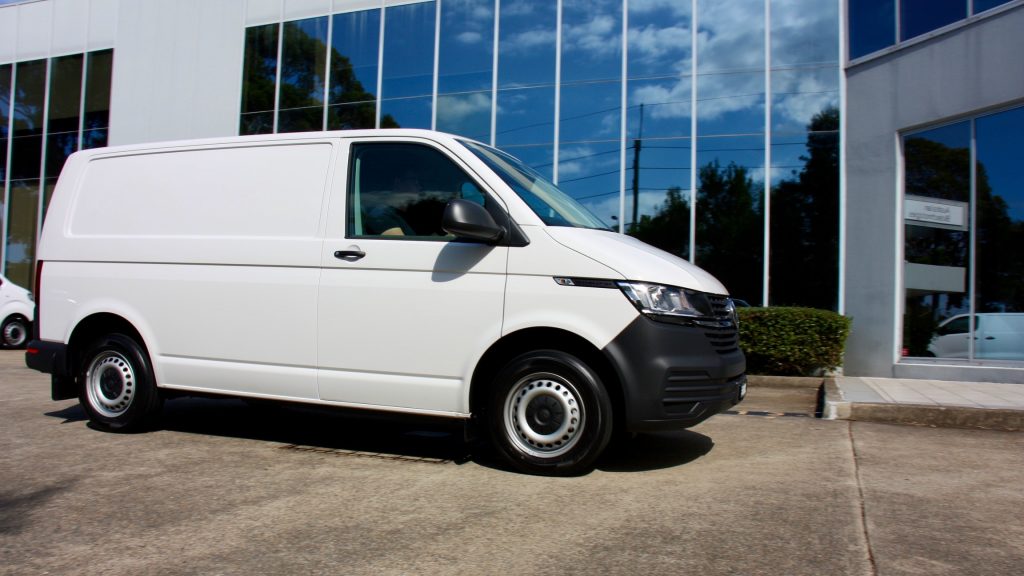
The cheapest Toyota HiAce costs $43,240. It features an extra airbag, dual sliding doors, pedestrian detection for the AEB, lane departure warning, lane keep assist, front parking sensors, auto high beam, a larger 8.0-inch touch screen, satellite navigation, digital radio and road sign recognition over the Transporter. Although the Transporter has mud flaps, four-speakers (instead of two), lumbar adjustment and a heat-insulated windscreen over the HiAce.
The Hyundai iLoad is priced at $39,680, which is $690 more than the 2021 Volkswagen Transporter TDI250 but the difference in specification between the two are quite interesting. The iLoad only features an alarm system over the Transporter. Whereas the Transporter has blind-spot monitoring, AEB, rear cross traffic alert, driver fatigue detection, a hill holder, rear parking sensors, rain sensing wipers, heated exterior mirrors, folding exterior mirrors and four speakers over the iLoad – quite a large difference in spec, you’ll agree.
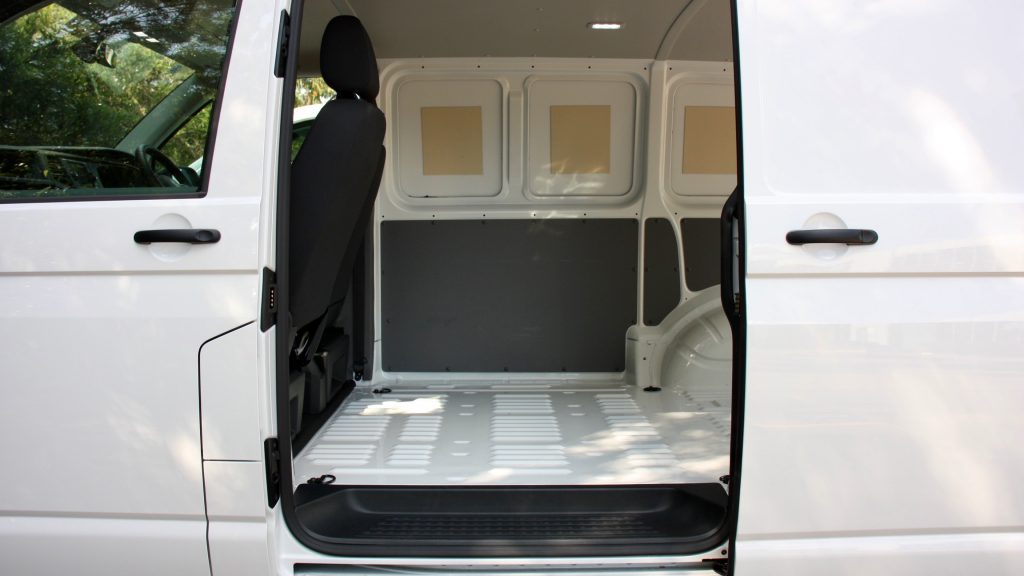
There are quite a few options for the 2021 Volkswagen Transporter. There is adaptive cruise control for an additional $690, anti-theft system with interior monitoring for $610, body coloured bumpers, mirrors, door handles and grille for $1,130, armrests for the front seats for $510 ($310 for only driver), a digital cockpit for $900, a driver’s side sliding door for $1,300, a larger 9.2-inch colour touchscreen with satellite navigation for $1,600, dual electric sliding doors for $3,600 ($860 for the left door only), front fog lights for $710, heated front seats for $720, lane departure warning and lane keep assist for $1,290, LED headlights for $1,990, automatic high beam for $260, metallic paint for $1,300 and a tyre pressure monitoring system for $290.
To make a 2021 Volkswagen Transporter to the same spec as a base Toyota HiAce, it would mean an additional $4,460 of options for a total price of $43,450 – $210 more than the HiAce.
Performance & Economy: 7.5/10
The only engine that comes with the 2021 Volkswagen Transporter – no matter what the model – is the brand’s familiar 2.0-litre turbo diesel four-cylinder engine with varying levels of tune. The model we tested is the entry level TDI250, which has 81kW of power and as the TDI250 name suggests, 250Nm of torque. There are also a TDI340 tune, which has 110kW of power and 340Nm of torque for an additional $3,000 if the TDI250 isn’t enough grunt for you.
The TDI250 tune is only available with a five-speed manual transmission, which we tested here. It is quite a notchy transmission and we had trouble every now and then going from first to second. In theme with the difficult transmission the clutch is quite hard to gauge and you will find yourself stalling the Transporter if you’re coming out of another car and into it. Although once you are on the move the clutch is totally fine.
The 2.8-litre turbo diesel four-cylinder engine in the HiAce is now getting on in the years and it feels it, the engine is more vocal than the VW’s, it also feels a little more sluggish. Producing 130kW of power and 420Nm of torque, it is obvious that the HiAce has both more power and more torque than the Transporter. The Hyundai iLoad has a 2.5-litre turbo diesel engine producing 100kW of power and 343Nm of torque, which is just ahead of the Volkswagen for power but a full 100Nm ahead for torque.
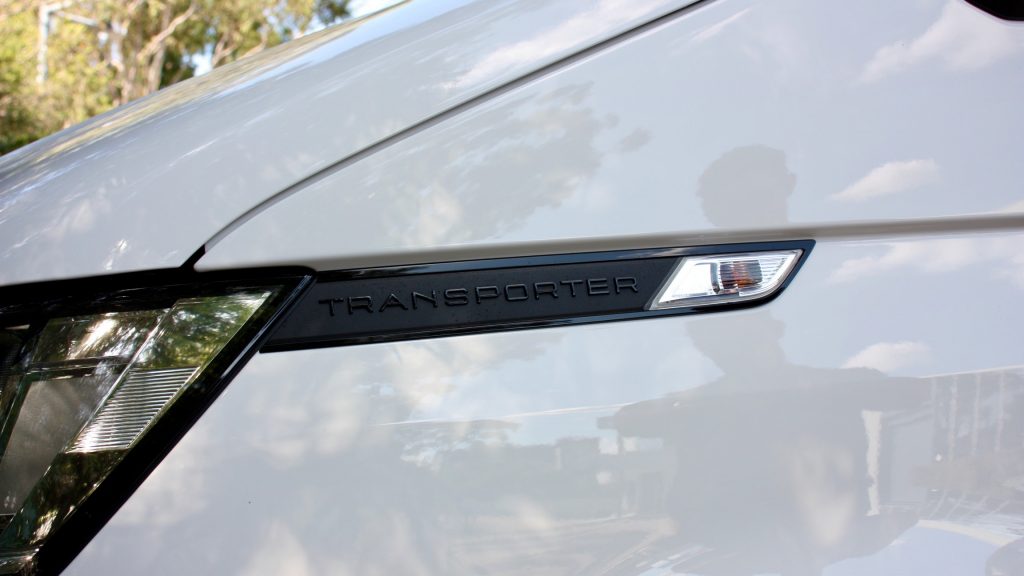
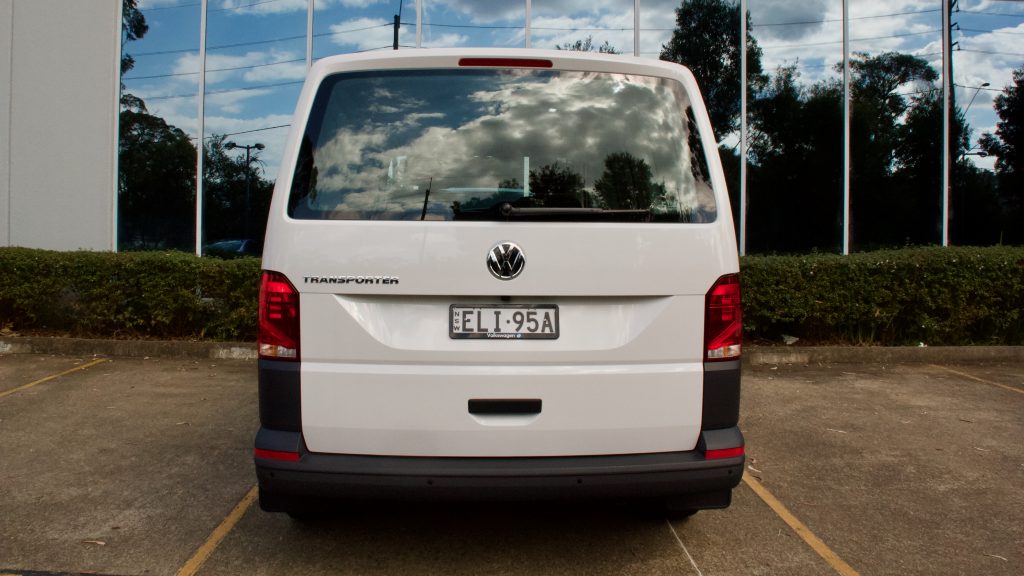
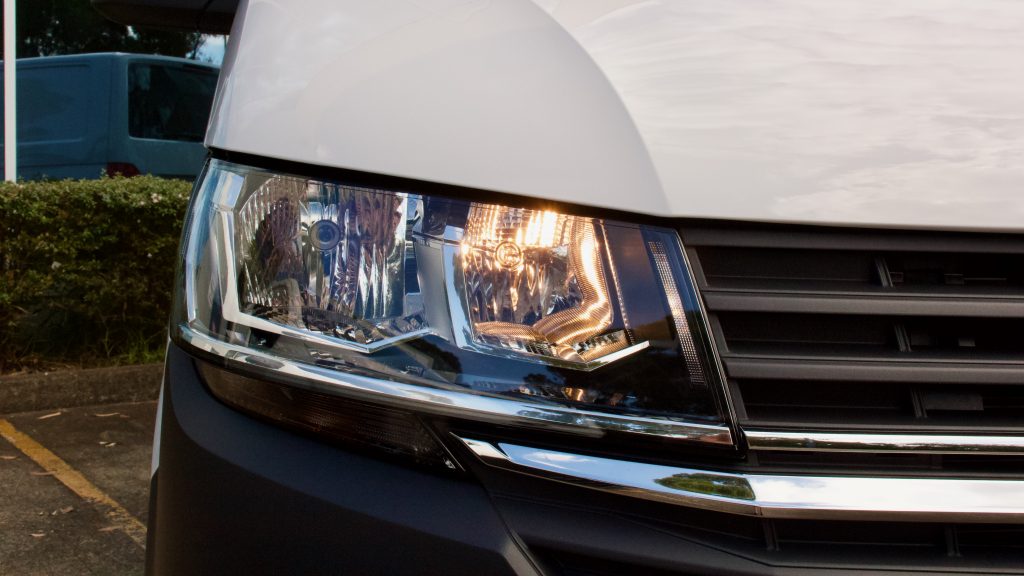
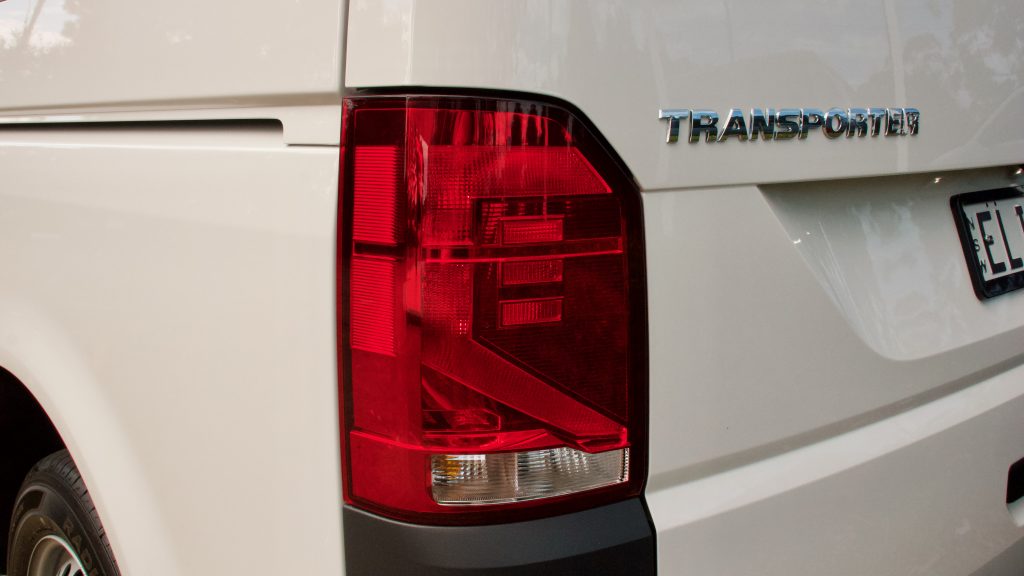
The claimed average fuel consumption of the 2021 Volkswagen Transporter TDI250 is 6.9L/100km – compare this to the 7.5L/100km which is the claimed average for the Toyota HiAce diesel and the 7.6L/100km that the Hyundai iLoad consumes and the Volkswagen is the most fuel efficient of the lot. We achieved 7.4L/100km in solely urban driving.
Both the Toyota HiAce and Hyundai iLoad are rear-wheel drive whereas the Volkswagen Transporter is front-wheel drive only. It is also worth noting that the iLoad and HiAce have standard six-speed manuals, whereas the Transporter TDI250 has only a five-speed manual.
Ride & Handling: 8.5/10
The 2021 Volkswagen Transporter TDI250 has a revised suspension setup for the T6.1 generation, which makes it more civilised than before. It makes the dash to the loading dock a little more liveable every day. Potholes are felt in the cabin even more when the van is unladen, but not as badly as before. The Transporter feels very solid on the road and very sure footed. The ride is not what we would call uncomfortable either.
There is also a new steering rack in the 2021 Volkswagen Transporter that has reduced the turning circle to 11.9 metres. The Hyundai iLoad has a turning circle of 11.2-metres which is 0.7-metres better than the VW but both of these vans are better than the Toyota HiAce’s 12.4-metres.
No van is known for their handling ability but easily the most agile and planted of the bunch is the 2021 Volkswagen Transporter. Arguably the better handling of the vans, the Transporter feels more throwable and easier to corner at speed. While this isn’t a selling point of the van it is nice to know that the VW can handle it’s own against its competitors.
Interior & Practicality: 8/10
For the T6.1 update to the VW Transporter, the interior was revised and now features a new centre screen and a newer style steering wheel which modernises the cabin immensely. The most important thing about a commercial vehicle is that everything needs to be in a place that is easily accessible and it delivers in this department.
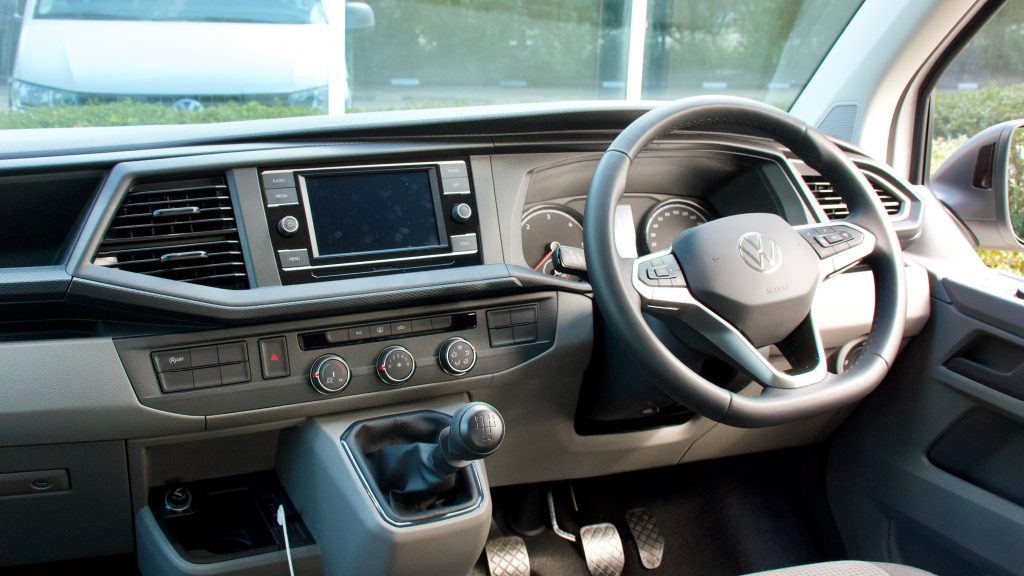
For a commercial van – and with the seating capacity of only two – the storage in the front of the cabin is exceptional. There is a large glovebox, three cupholders (although the ones on top of the dash are quite shallow), a storage tray above the glovebox, deep door bins, more storage trays in the tops of the doors and another storage tray that runs the length of the dash. It is one of the most practical vans on the market as far as interior storage is concerned.
The quality of the cabin is also reasonable, though it’s definitely not a Touareg inside. The fabric on the seats feels durable and the leather on the steering wheel feels supple, but also tough enough to avoid scratching from rings. While there is quite a lot of hard plastics in the cabin, this is to be expected in this segment. The plastics feel nice and not like they are going to crack or buckle and they feel like they will stand the test of time.
The 8.0-inch colour touchscreen in the 2021 Volkswagen Transporter is intuitive and looks good in the centre of the cabin. There are shortcut keys either side of the steering wheel to go between various screens and the resolution is good. The screen is even easy to use on the move as the colours are bright and things are easy to see while just having a glance.
The back of the Transporter can handle 5.8 cubic metres of cargo in the short wheelbase van (which the TDI250 is). The Toyota HiAce is only available as a long wheelbase van and offers 6.2 cubic metres of cargo storage – the Hyundai iLoad is down on these two, only offering 4.4 cubic metres.
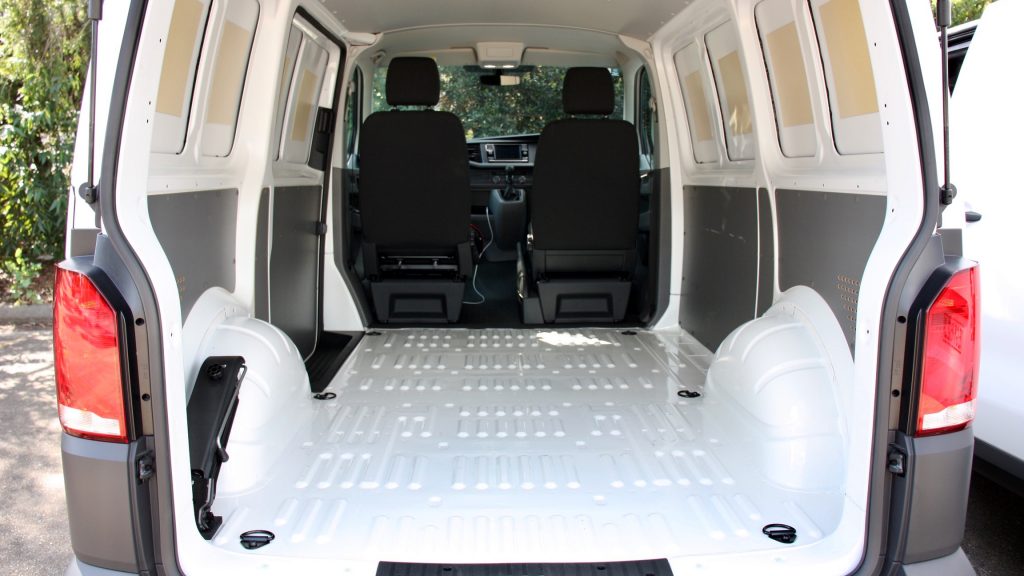
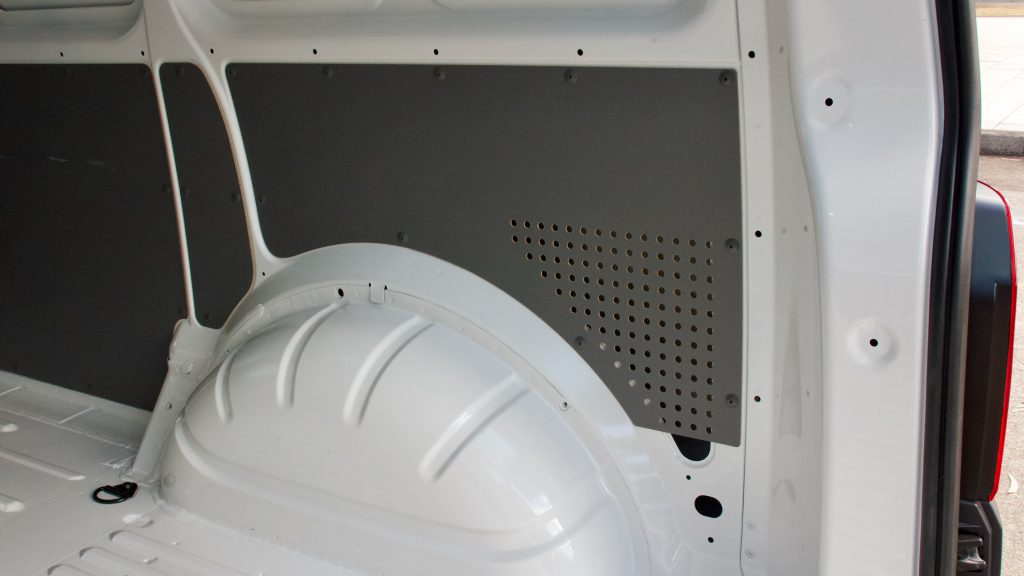
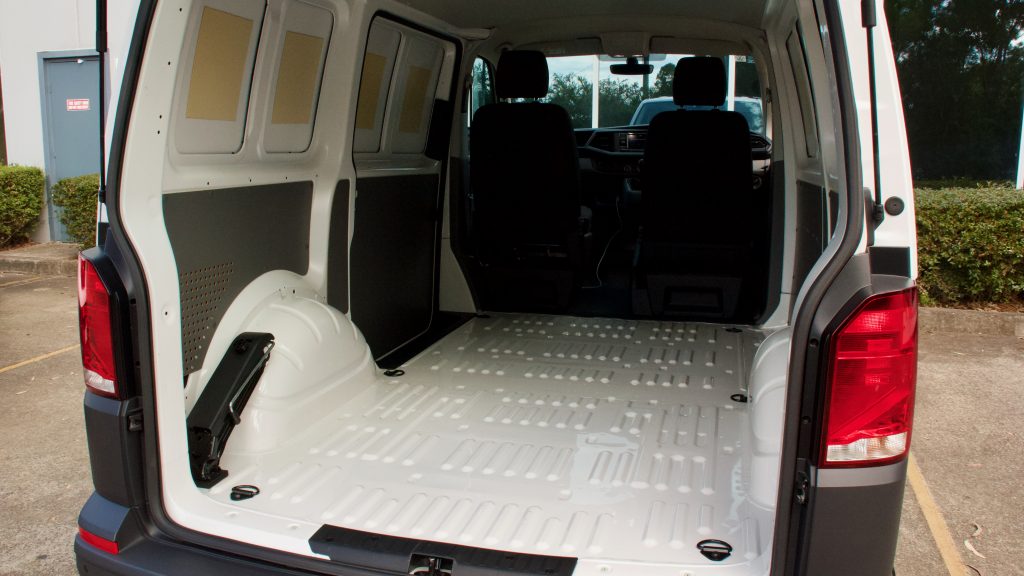
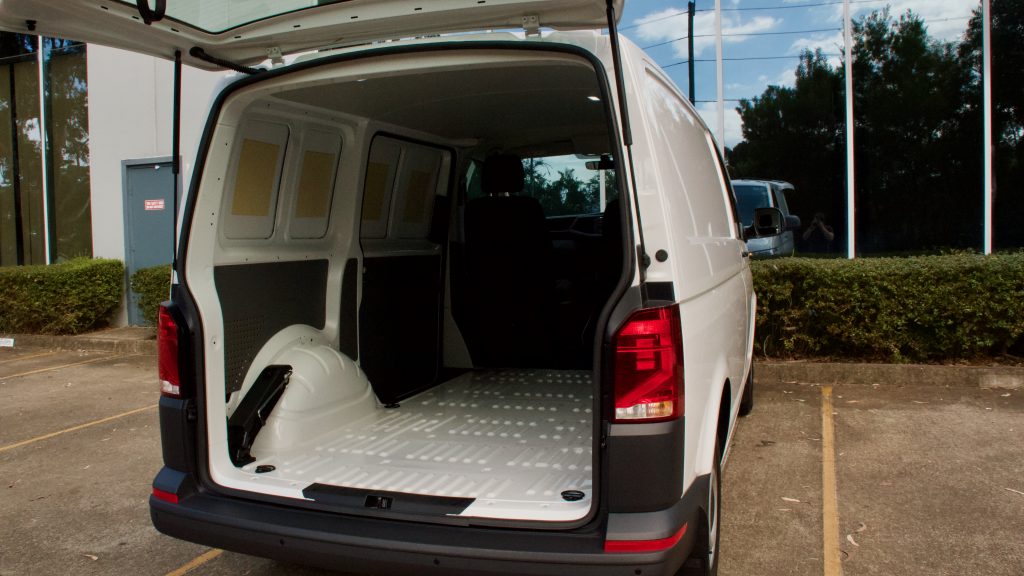
The payload of the 2021 Volkswagen Transporter TDI250 is 951kg, which is less than the 1,113kg that the Hyundai iLoad can handle and the 1,500kg that the Toyota HiAce can handle. Go up to the Transporter TDI340 and the payload increases to 1,135kg. The TDI250 Transporter’s cargo area measures 2,572mm in length, 1,700mm in width (1,244 between the arches) and 1,410mm height – the Transporter TDI340 LWB has 6.7 cubic metres of cargo room and the cargo area is 2975mm long, 1700mm wide and 1410mm high with 1244mm between the wheel arches.
Running Costs & Warranty: 6.5/10
The 2021 Volkswagen Transporter TDI250 comes with the brand’s five-year/unlimited kilometre warranty, which is on par with what Toyota give the HiAce, although Toyota provides a further two years of warranty on the engine. Hyundai offer a five-year or 160,000km warranty. Volkswagen also offer 12-months of roadside assist with the Transporter, which is the same that is offered with the iLoad and the HiAce is not offered with any form of roadside assist.
The Transporter requires services every 12 months or 15,000km, which is the same as the Hyundai iLoad. But the Toyota HiAce requires servicing every six months or 10,000km, which is just not good enough. The cost to service the 2021 Volkswagen Transporter TDI250 over five years or 75,000km is $2,942 ($588 per service) – Hyundai charges $1,958 to service the iLoad over the same timeframe ($391 per service). Toyota only quote the first three years of servicing and over the first three years 60,000km it will set owners back $1,470. It is quite evident here that the Transporter is not cheap to service.
2021 Volkswagen Transporter TDI250 DiscoverAuto Review: 7.5/10
While the 2021 Volkswagen Transporter TDI250 is down on power compared to rivals, misses out on some key safety features and isn’t cheap to service, it does have a good quality and ergonomic interior and drives remarkably well in the van segment. It also offers a good amount of cargo space, but the payload isn’t as good as rivals. We do have a soft spot for the Transporter though as it feels less like a van and more like a large SUV behind the wheel.
Would we buy Volkswagen Transporter over the competition? As with many commercial purchases, it really depends on what your needs are. As such, we would look at the Toyota HiAce and compare the two to see which one suited our needs more. If you don’t need the extra space or payload of the Toyota, then we would go with the VW but if we needed the space then the Toyota it would be our choice. But having the choice in the first place is a great thing.
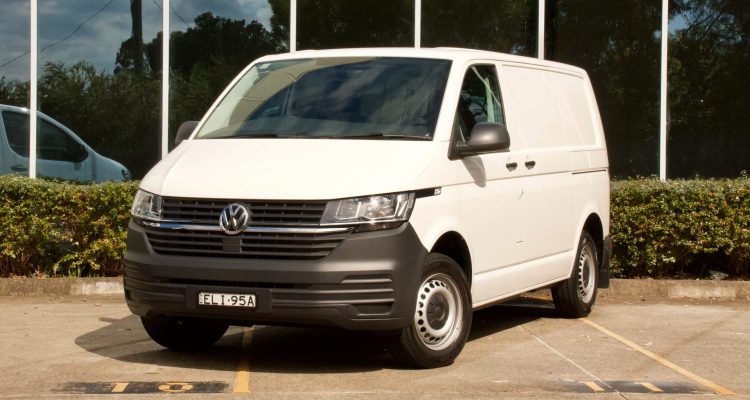
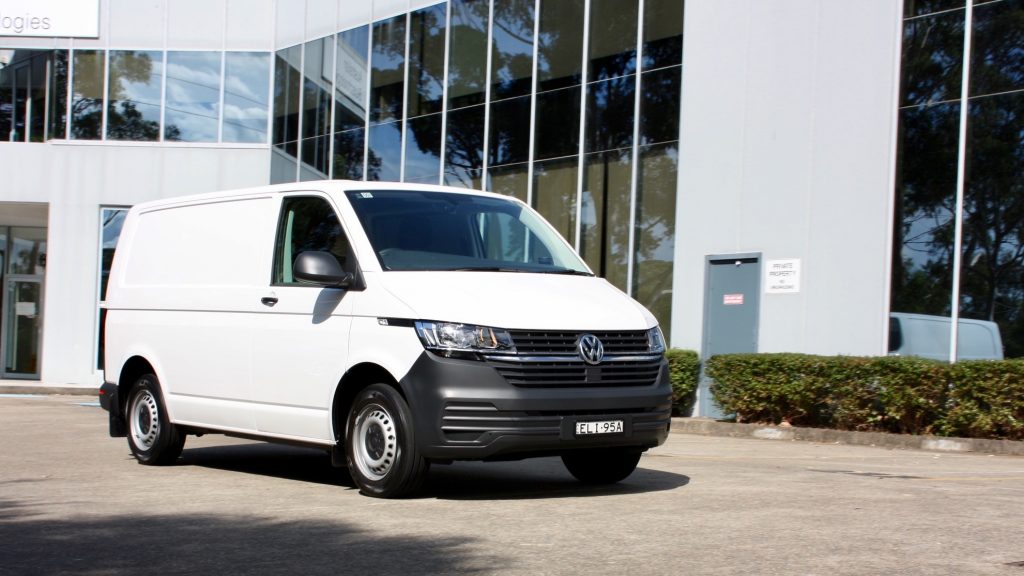
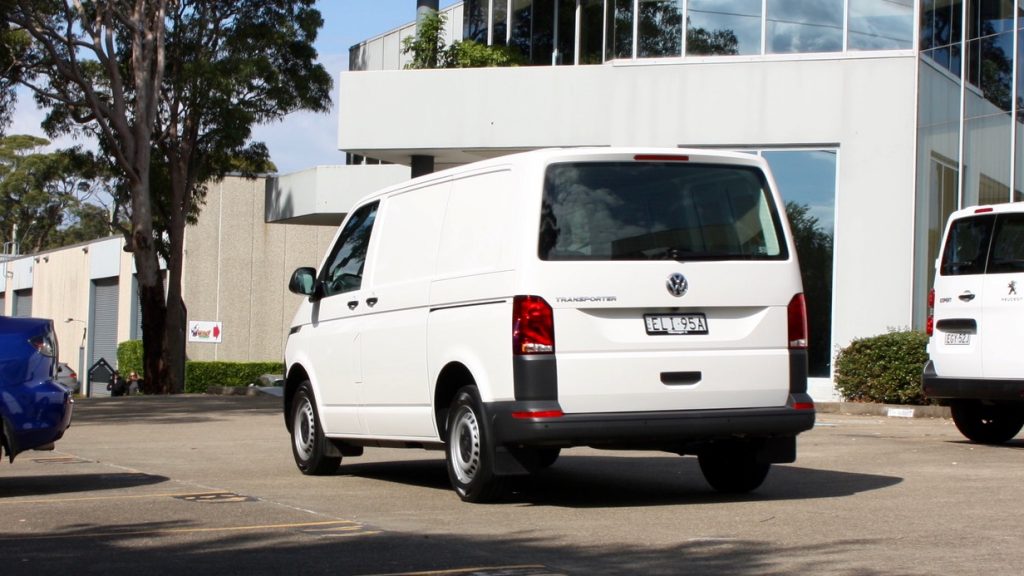
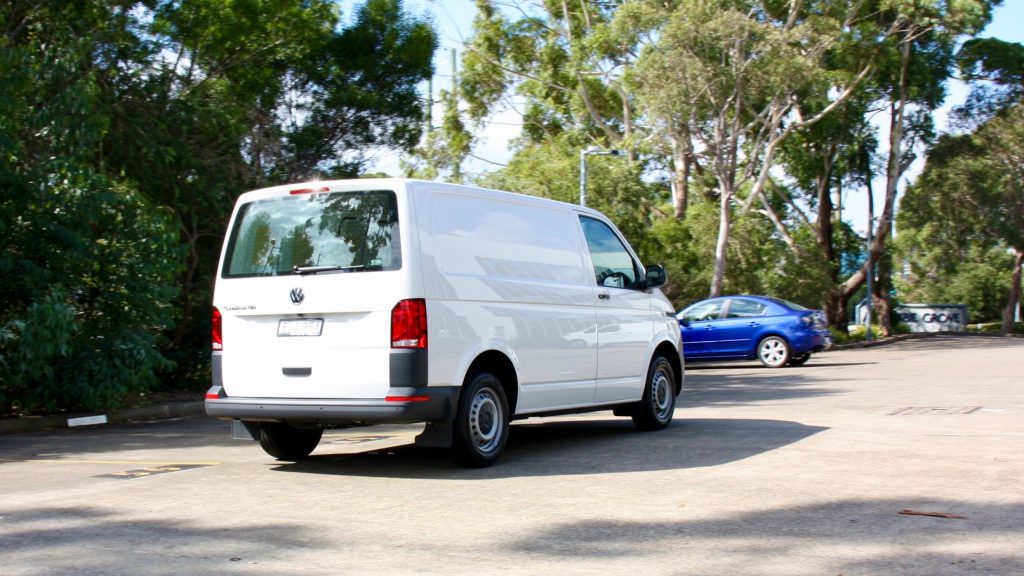
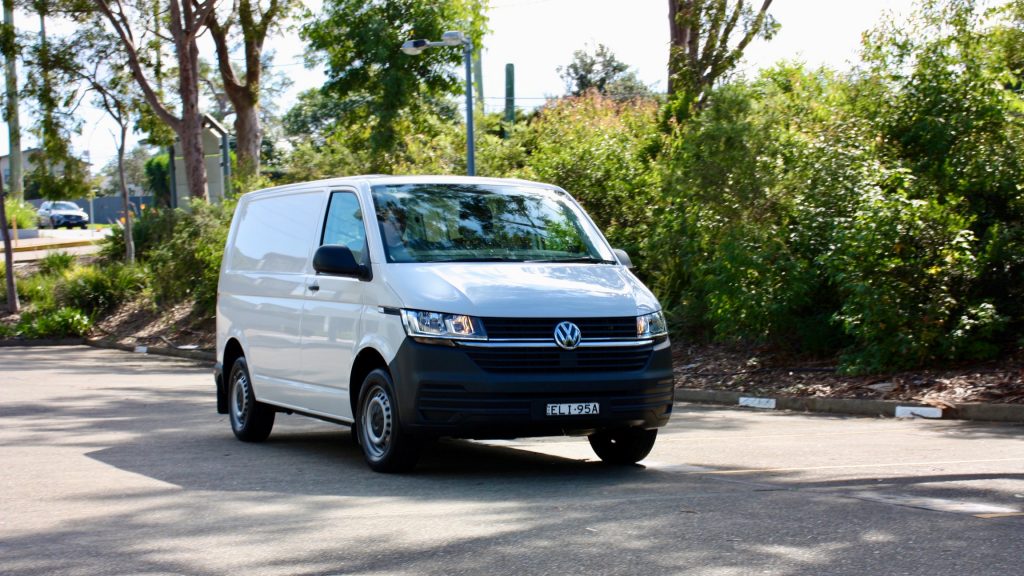
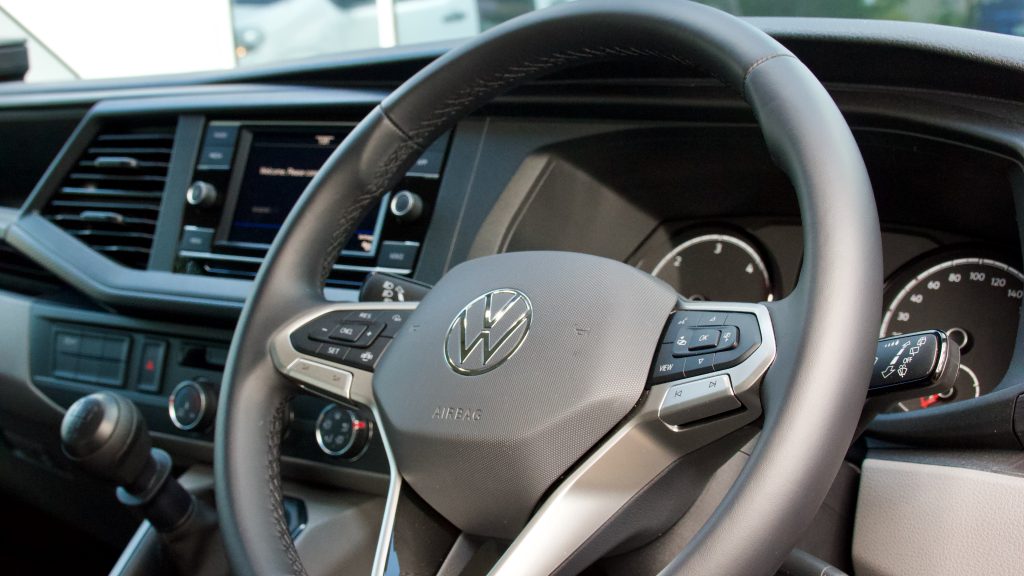
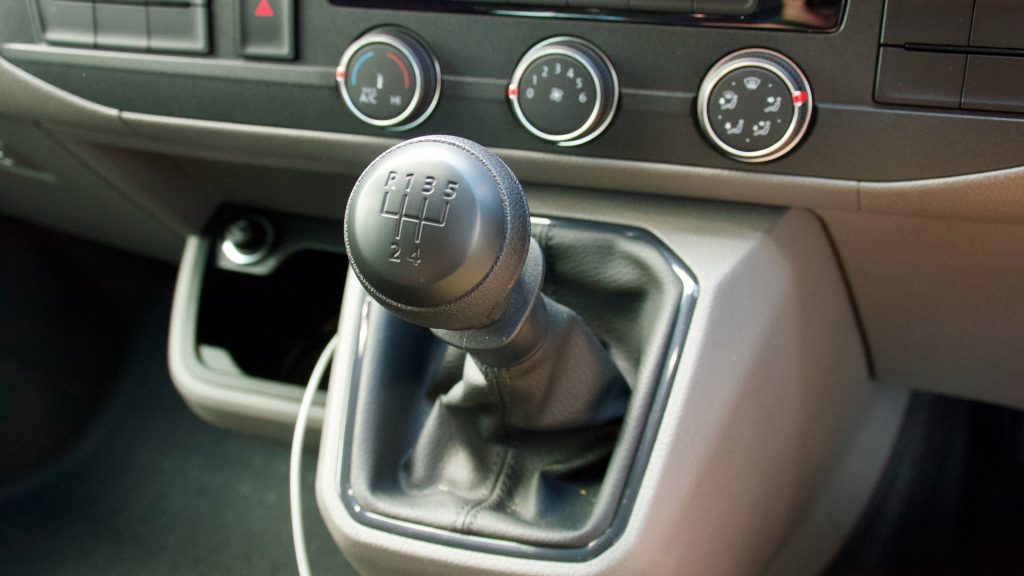
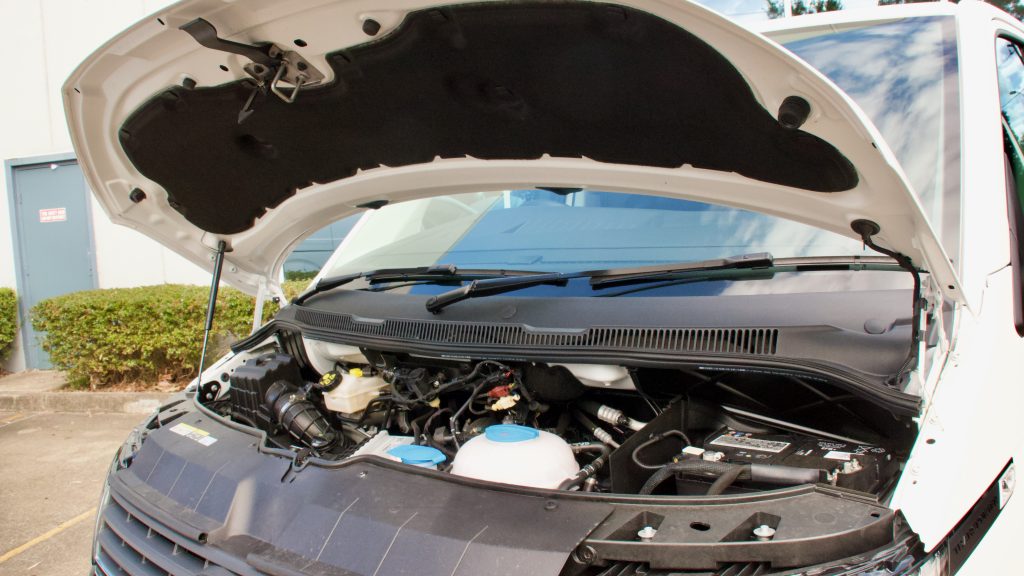
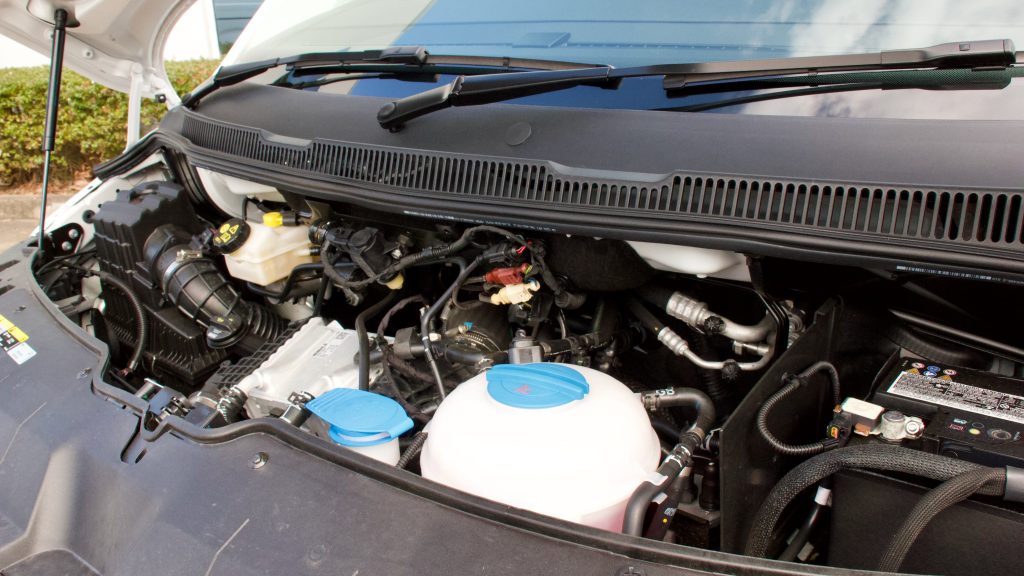
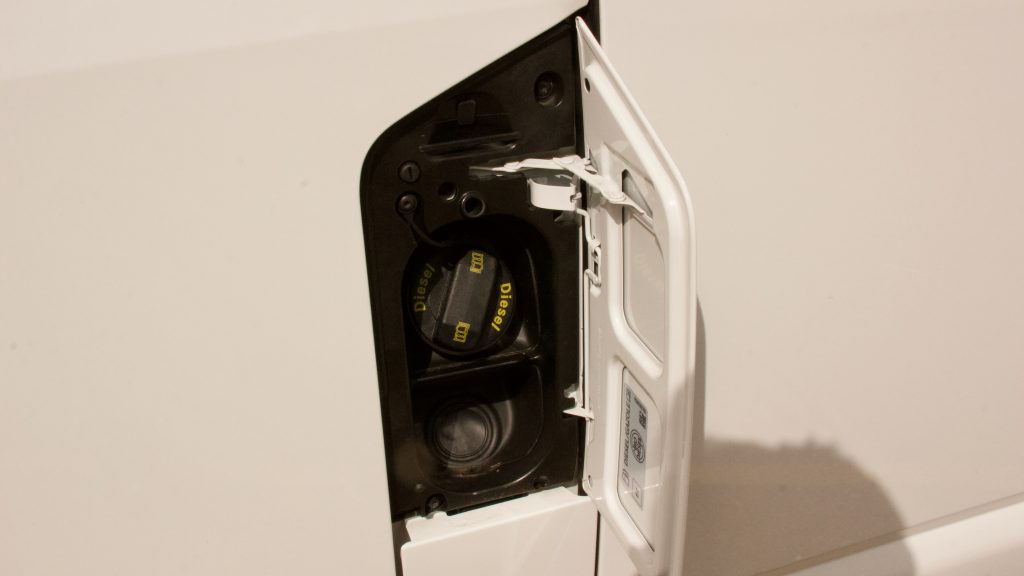
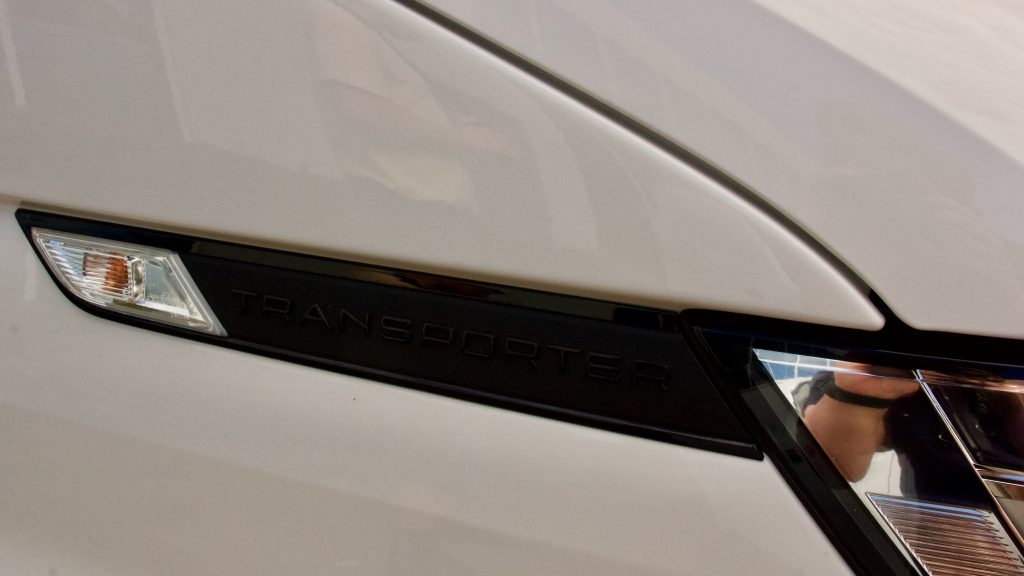
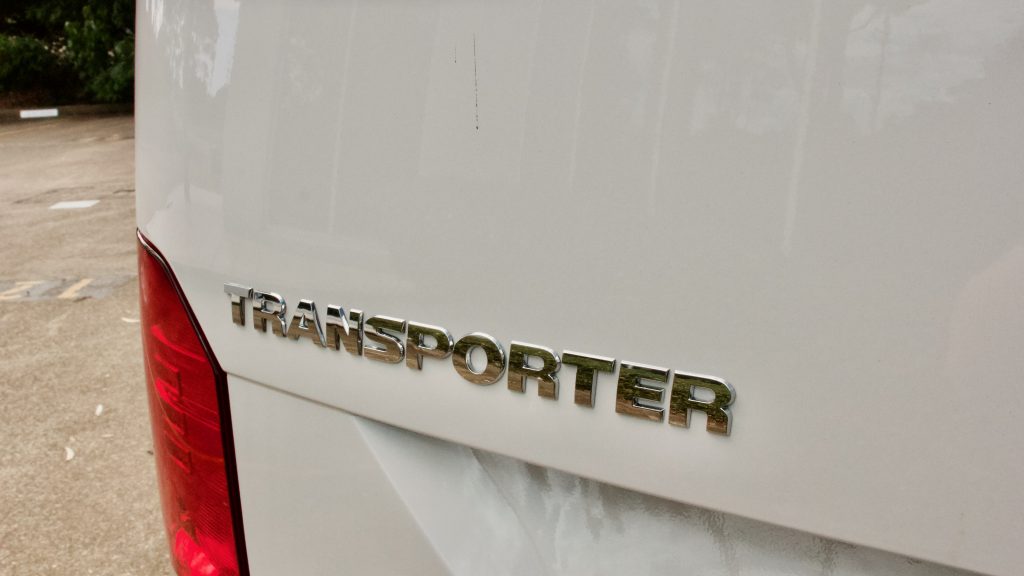
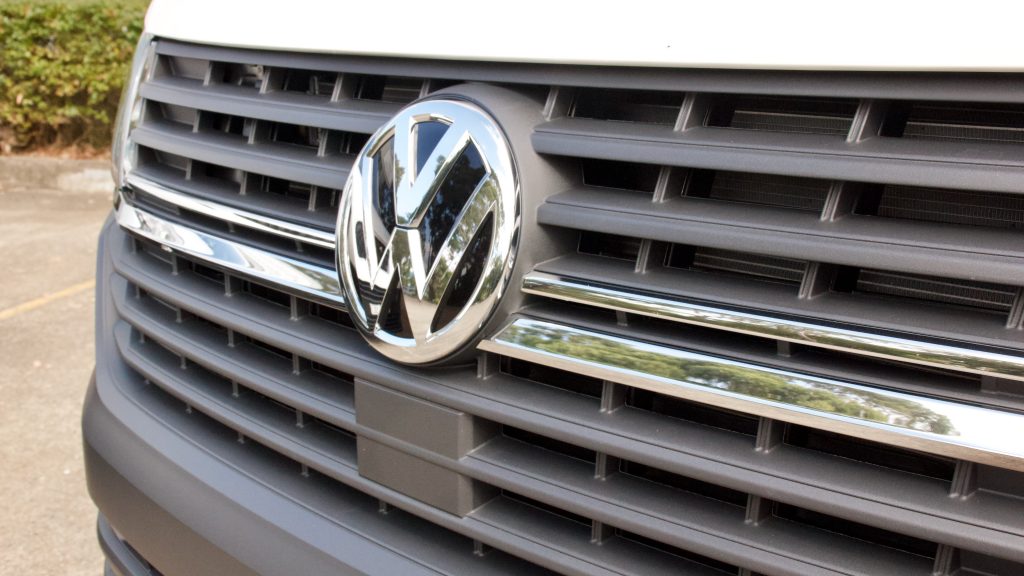
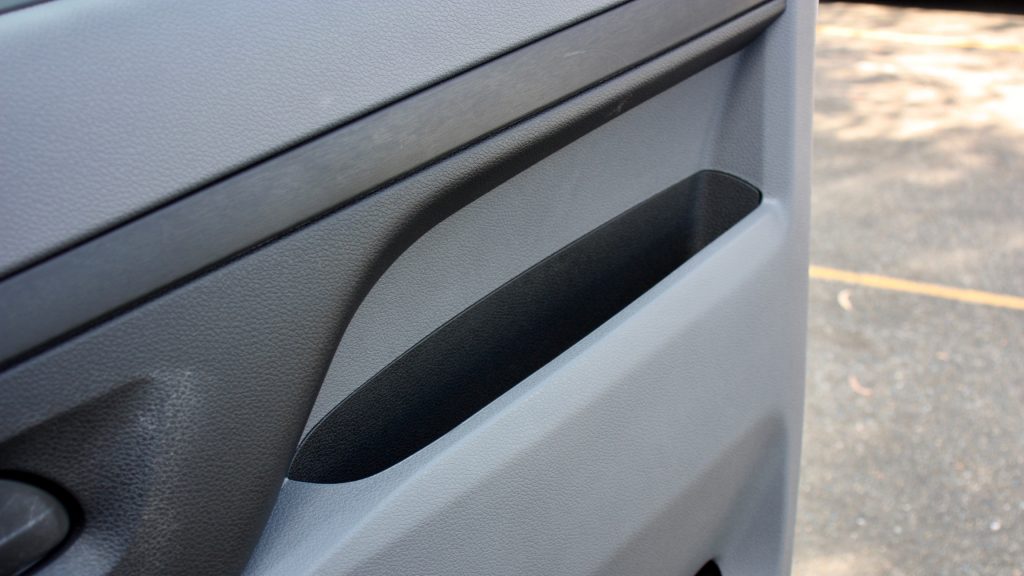
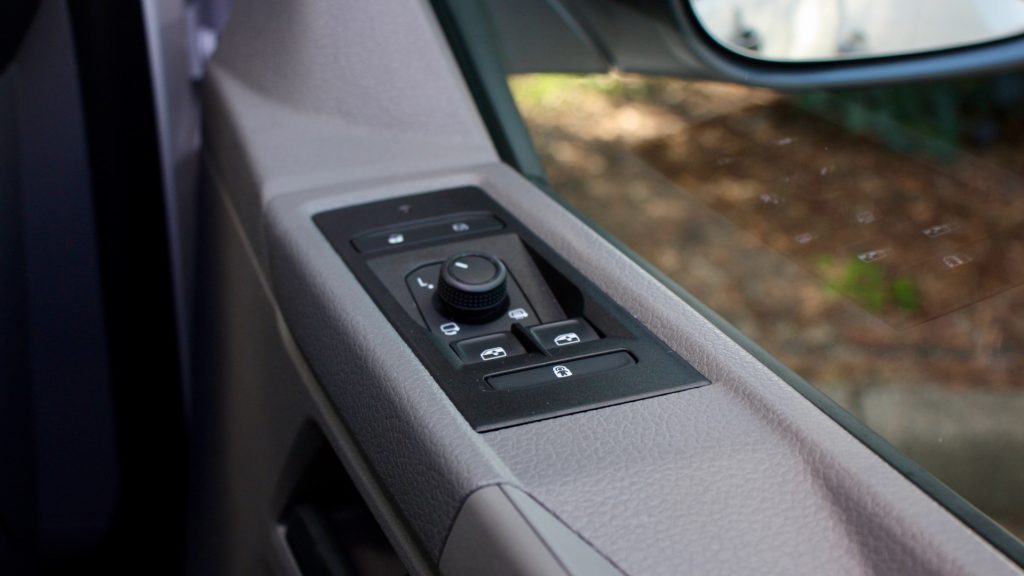
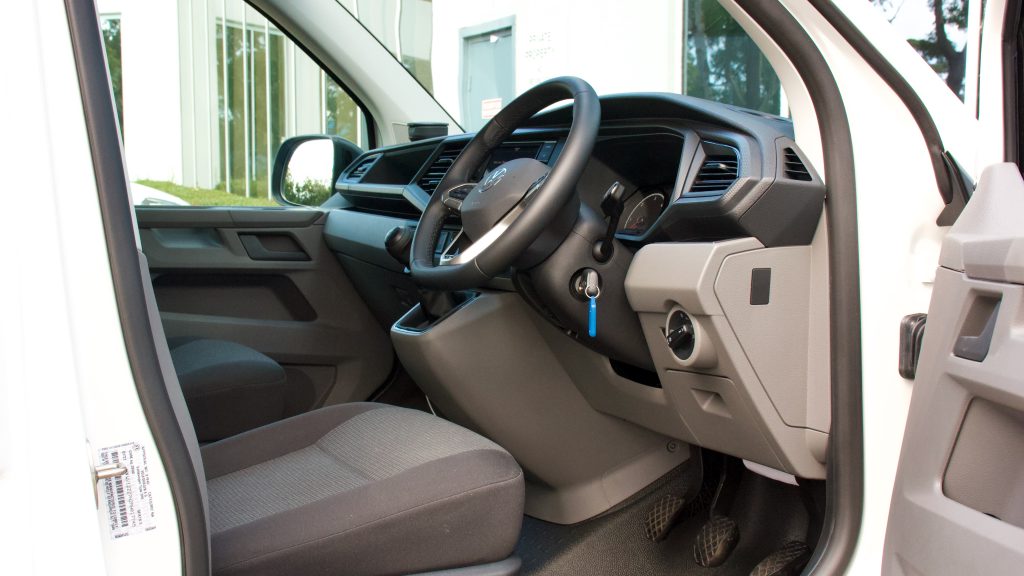
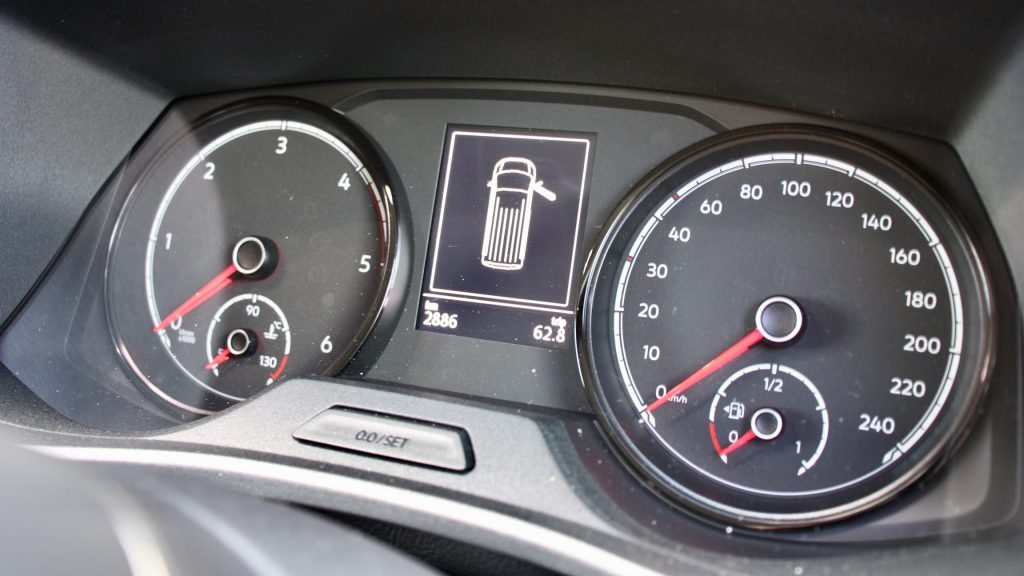
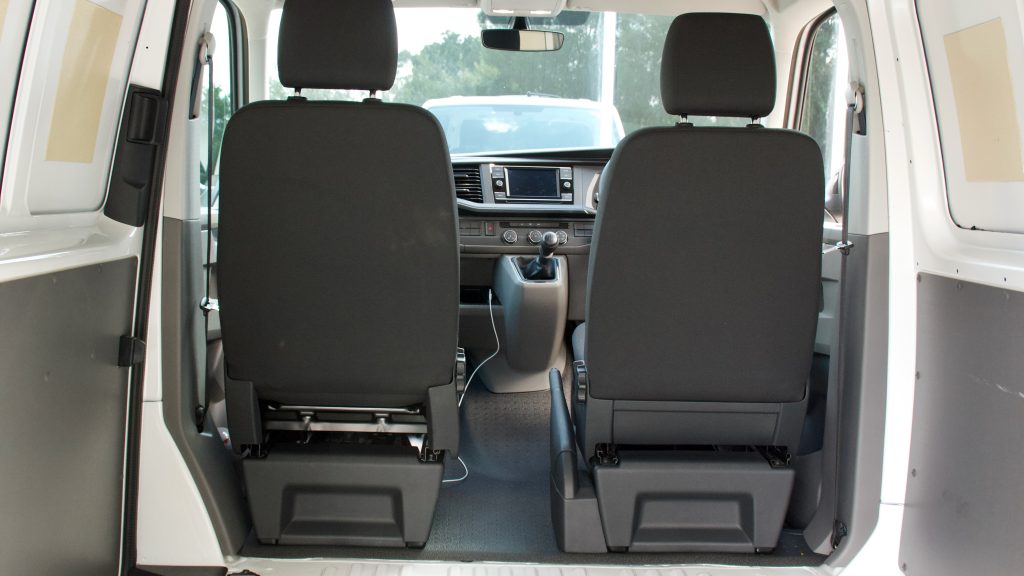
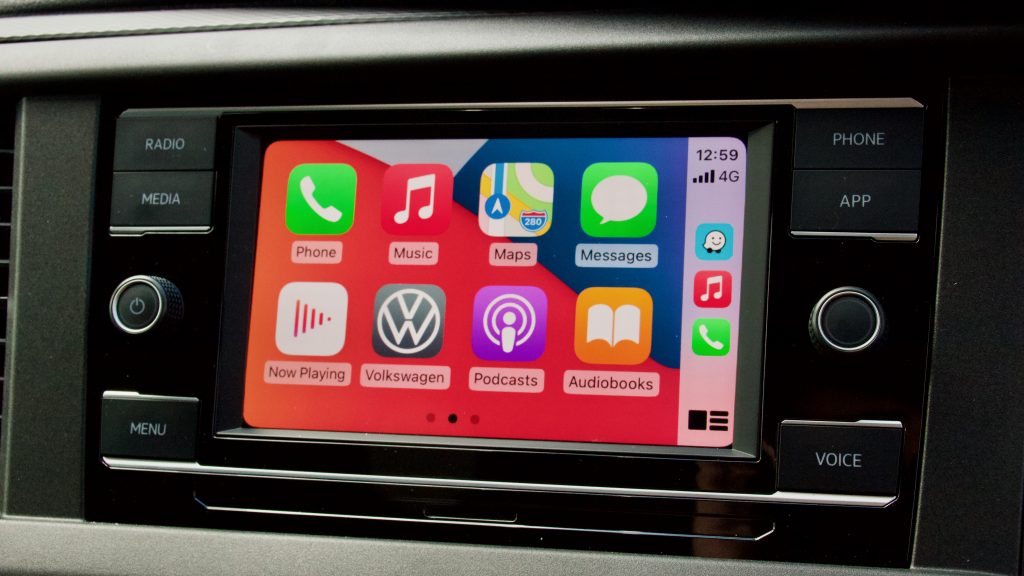
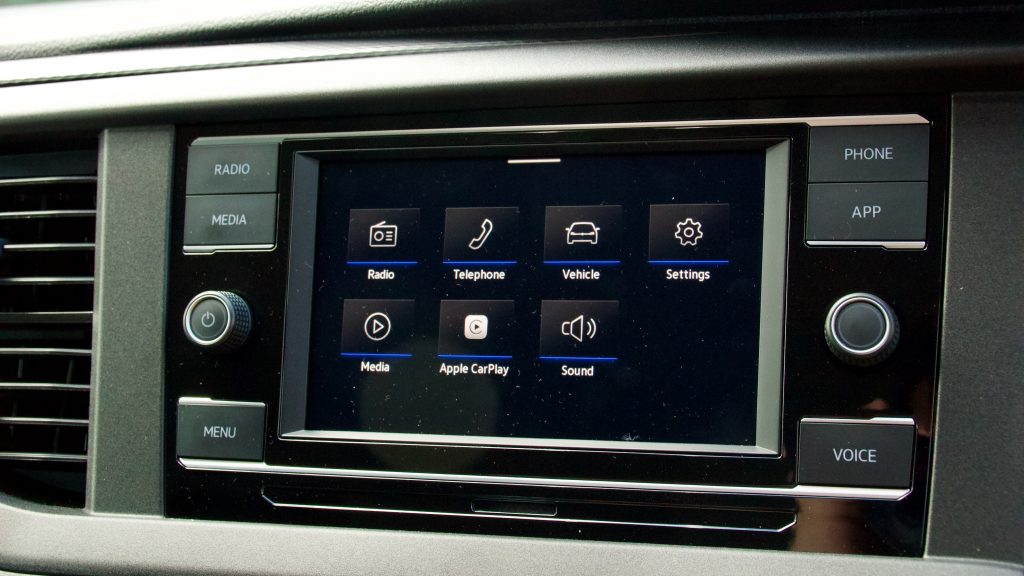
Leave a Reply